Retro Replay Review
Gameplay
Dragon Fire embraces the foundational mechanics of early computer role-playing games, offering players straightforward yet engaging systems for exploration and combat. Movement is handled entirely via the keyboard, with each keystroke guiding your character through winding corridors, treacherous traps, and hidden alcoves. Though the controls may feel dated by modern standards, there’s an undeniable charm in the tactile feedback of typing commands and witnessing instant on-screen reactions.
The heart of Dragon Fire lies in its character selection and progression. With five distinct classes—Warrior, Huntress, Wizard, Dwarf, and Elf—each playthrough introduces unique strengths and tactical considerations. Warriors excel in melee combat but require sturdy armor; Huntresses move swiftly and strike from a distance; Wizards carry potent spells but remain fragile; Dwarves boast remarkable resilience underground; Elves balance agility and arcane finesse. This diversity ensures that party composition and class choice meaningfully impact every dungeon delve.
Shops are peppered throughout the ten levels, allowing players to spend hard-earned gold on armor upgrades, weapon enhancements, and indispensable healing items. Combat encounters reward treasures that fund these purchases, creating a satisfying feedback loop of risk and reward. With over 150 rooms to explore, strategic decisions—should you press onward to face tougher foes or retreat to buy supplies?—become central to the experience, keeping tension alive from start to finish.
Graphics
By today’s benchmarks, Dragon Fire’s visuals are undoubtedly primitive, rendered in simple blocky sprites and monochrome hires–mode palettes typical of the Apple II. Yet within these constraints, the developers crafted clear, recognizable icons for monsters, treasure chests, and environmental features. Each dungeon tile, though limited in resolution, conveys vital information swiftly—walls, doors, secret passages—ensuring you’re never guessing at your next move.
The minimalist aesthetic gives Dragon Fire a nostalgic ambiance that many retro enthusiasts cherish. Flickering sprite animations for swinging swords, casting spells, and opening chests bring life to otherwise static screens. While modern players might long for detailed textures or dynamic lighting, there’s something delightful about the straightforward feedback loop between your actions and the blinking pixels that respond in kind.
In addition, the game’s color choices—bold reds for fire-breathing beasts, deep blues for arcane portals, muted browns for earthen tunnels—help differentiate threats and treasures at a glance. Though the Apple II’s graphical horsepower is modest, Dragon Fire leverages its palette to evoke mood and atmosphere, making each level feel distinct despite the hardware’s limitations.
Story
Dragon Fire offers a light narrative framework designed to complement its dungeon-crawling focus rather than overshadow it. You assume the role of an aspiring adventurer in a medieval fantasy realm beset by monsters and guarded vaults. While there’s no sprawling epic or deep cutscenes, the core premise—delve deeper to claim the ultimate treasure and emerge victorious—remains timeless and effective.
The game’s minimalistic storytelling allows players to project their own imagination onto the world. Brief textual prompts introduce each new level: a dank cave mouth, a dragon-guarded chamber, or a maze of crystalline vaults. These succinct descriptions, paired with evocative room titles, hint at danger and promise reward, driving you onward with a sense of mystery and anticipation.
Subplots and lore are largely inferred through item names and monster encounters—“Flame Amulet,” “Cave Hydra,” “Enchanted Shield.” Although you won’t uncover journals or converse with NPCs in depth, this sparse narrative scaffold frees the gameplay to shine. For retro RPG purists, the absence of hand-holding dialogue trees is a feature, not a flaw, inviting players to fill in the blanks and forge their own heroic saga.
Overall Experience
Dragon Fire remains a rewarding challenge for fans of classic dungeon crawlers and retro gaming collectors alike. Its combination of simple controls, diverse character classes, and risk-versus-reward mechanics creates a loop that’s easy to learn but difficult to master. Every descent into the maze demands careful resource management, clever party composition, and sharp reflexes for keyboard-driven combat.
While the lack of modern conveniences—automated mapping, save-anywhere slots, voice acting—may frustrate newcomers, players willing to embrace the old-school ethos will discover a deeply satisfying progression system. The satisfaction of clearing a tough level, bagging a rare artifact, and returning to town for a triumphant shopping spree is as potent today as it was on the original Apple II.
In conclusion, Dragon Fire offers a slice of gaming history that still holds up for those seeking pure dungeon-crawling thrills. Its stripped-down presentation highlights core RPG mechanics without distraction, and its breadth—ten levels, over 150 rooms—ensures hours of exploration. Whether you’re rekindling childhood memories or curious about the roots of modern role-playing adventures, Dragon Fire stands as a testament to the enduring appeal of pixelated peril and treasure-hungry heroes.
 Retro Replay Retro Replay gaming reviews, news, emulation, geek stuff and more!
Retro Replay Retro Replay gaming reviews, news, emulation, geek stuff and more!
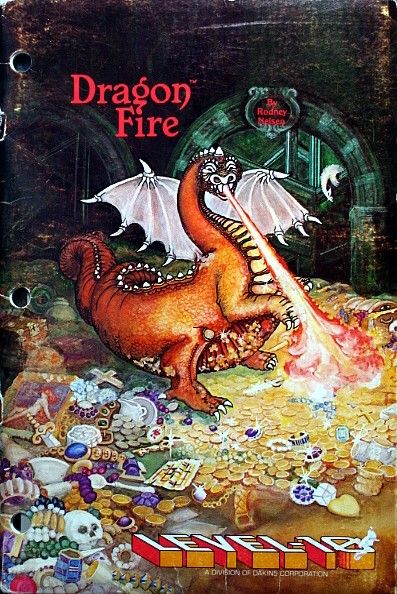
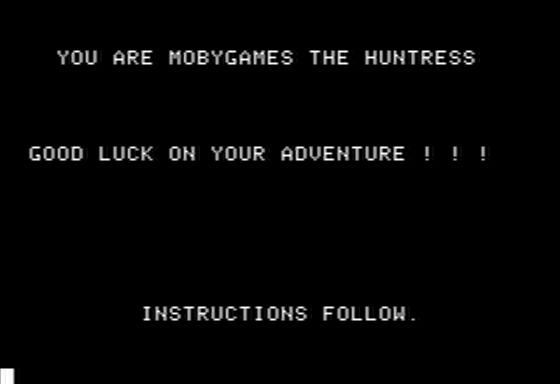
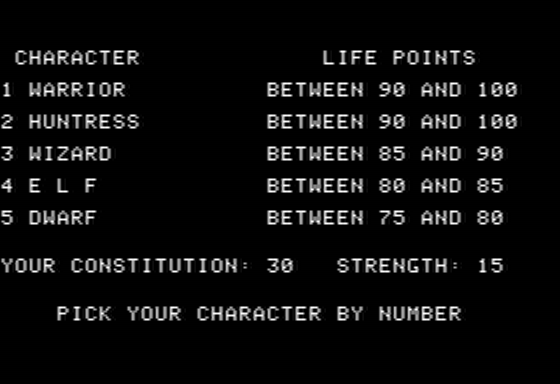
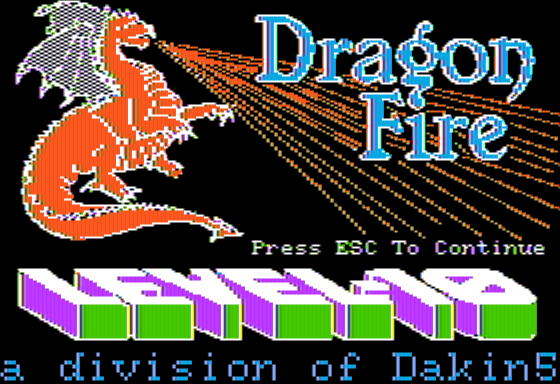
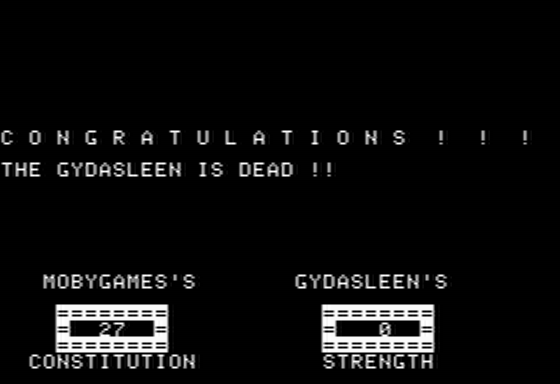
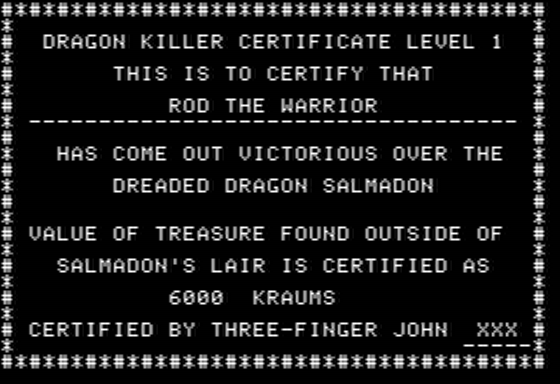

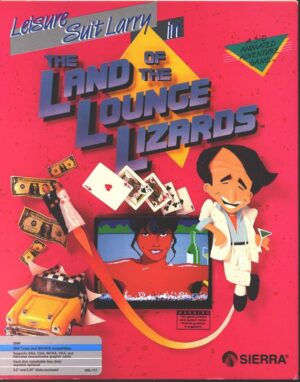

Reviews
There are no reviews yet.